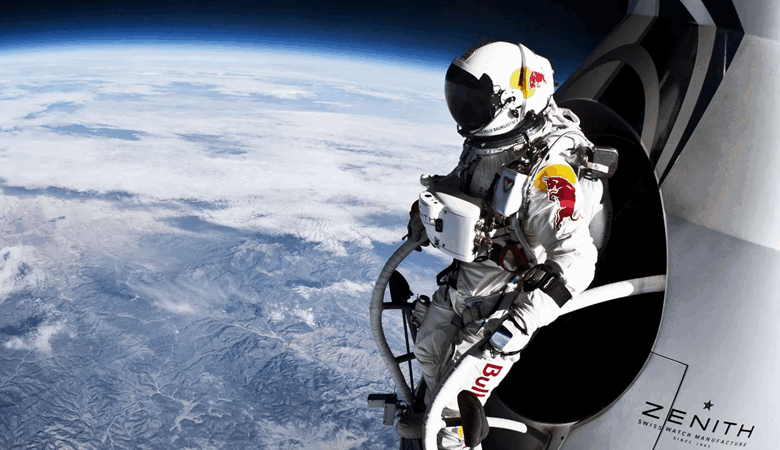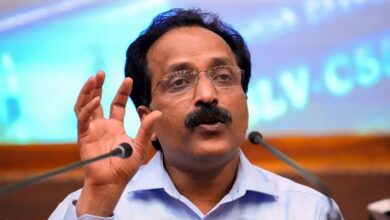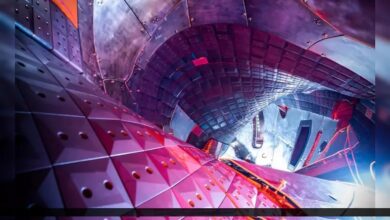“Jumping from the Edge of Space”: Felix Baumgartner’s Historic Freefall and the Fight for Survival
News Mania Desk / Piyal Chatterjee / 14th June 2025

Austrian skydiver Felix Baumgartner etched his name in history by performing a death-defying skydive from the stratosphere. Ascending to an altitude of 128,100 feet (around 39 km) in a helium balloon, Baumgartner leaped from the edge of space, becoming the first human to break the sound barrier without the aid of an aircraft.
Wearing a specially engineered pressurised spacesuit that doubled his normal body weight, Felix faced physical and mental trials even before the jump. The ascent itself tested his endurance, and the moment of stepping off the capsule marked the start of an extraordinary fall toward Earth. “I wanted to be the first person to break the sound barrier in freefall,” he recalled.
Initially, the jump appeared smooth. “The first 25 seconds looked like everything was under control,” Baumgartner said. Then, 34 seconds into his descent, he hit Mach 1—breaking the speed of sound—reaching a velocity of 843.6 mph (1,357.6 km/h), becoming the fastest man in freefall.
However, what followed was a potentially fatal situation. Despite prior warnings, Baumgartner began to spin uncontrollably. “Some scientists predicted I’d spin like crazy; others thought I’d be fine,” he noted. As the spin intensified, he experienced extreme G-forces, which could force blood out through the eyes and result in unconsciousness or death.
In the critical moment, he relied on his safety training and the G-Wiz device strapped to his hand, which was designed to deploy a drogue chute in emergencies. Recognising he was regaining control as G-forces reduced, he managed to stabilise mid-fall.
As the blue hue of Earth’s atmosphere returned, he navigated toward the landing site with thehelp of flares dropped by his support crew. Baumgartner deployed his parachute and touched down safely in the New Mexico desert, completing a mission that showcased the pinnacle of human courage, precision, and technology. “Now I’m really happy,” he said. “Even the landing worked just perfect.”






